Explaining the main CBA changes: What we know so far and potential ramifications
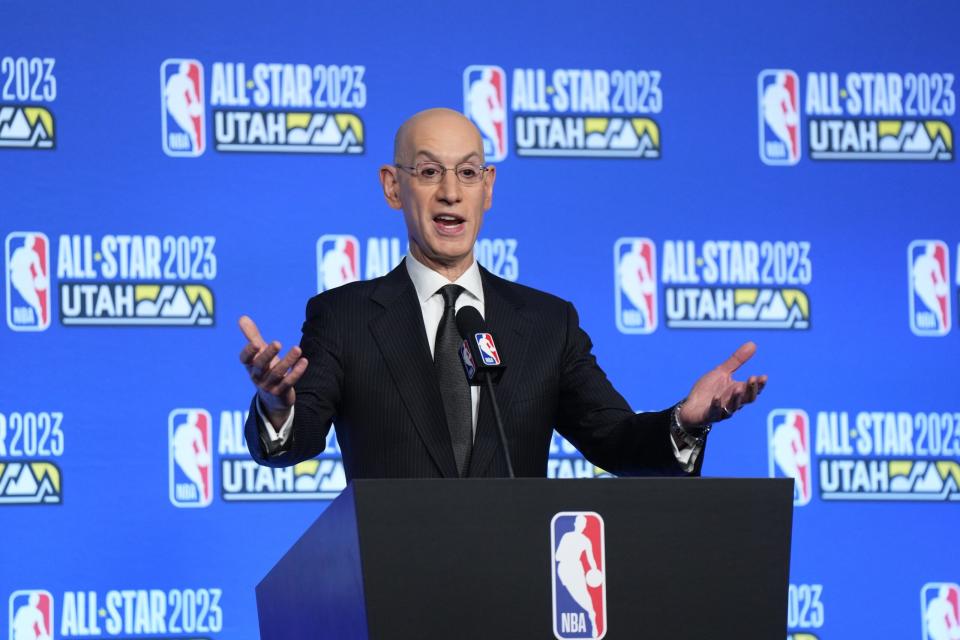
An agreement on a new Collective Bargaining Agreement between the owners and players association was reached in the late hours of the March 31 deadline. Many changes trickled out over the past weekend and while there is still much left to be reported, we have a good idea of what the big picture of what the new CBA looks like.
The biggest theme is that it will feature changes that could fundamentally change the ways in which teams build their roster. Teams with the most expensive rosters will have more restrictions that will limit their ability to add players from outside the roster. Meanwhile, more trade and free agency opportunities are expected to be expanded for clubs below the luxury tax, but we have few updates on those as of now.
Here is a breakdown of the biggest changes so far, including a deep dive on the second apron that will eventually be implemented.
The second apron
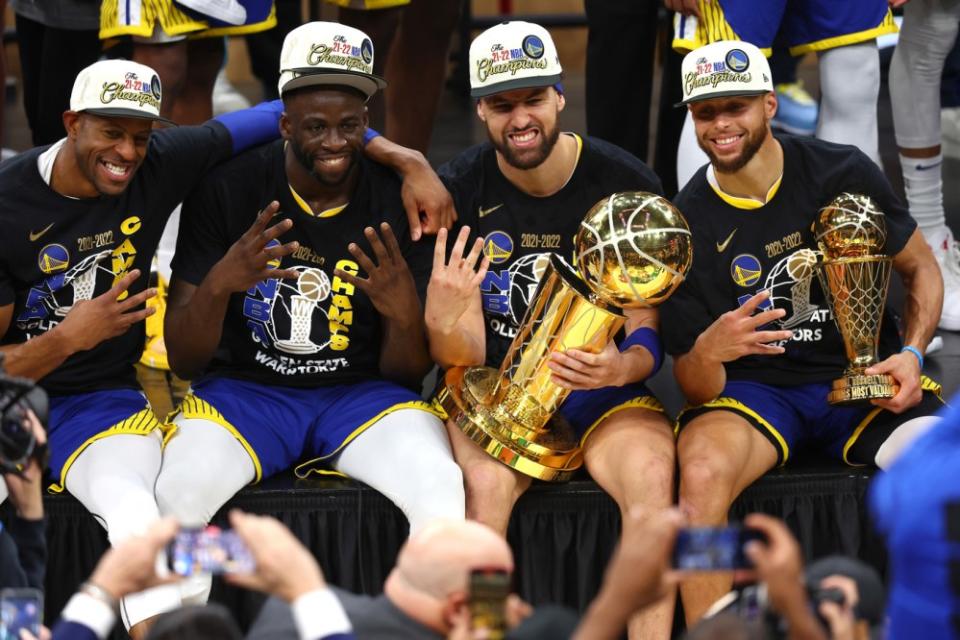
(Photo by Adam Glanzman/Getty Images)
This element of the upcoming CBA is probably the most significant change added and it’s not expected to be implemented right away. This change specifically targets teams like the Warriors and Clippers who continue to maximize their spending power despite spending over $100 million in annual penalties.
According to ESPN’s Adrian Wojnarowski, there is now a second apron being implemented that will severely limit the ways teams over it can spend. The threshold is for teams $17.5 million over the luxury tax threshold, and restrictions for those above it include:
No access to the mid-level exception (MLE), including the taxpayer MLE. The present-day apron is triggered when a team utilizes more than the taxpayer MLE amount. The second apron would get triggered if a team uses any portion of the MLE.
Not being able to take in more salary in a trade than they’re sending out. Teams over the luxury tax are currently allowed to take back up to 125 percent of their outgoing salaries, but that will be eliminated for them.
Not being able to trade first-round picks within the next seven years or cash.
Not being able to sign buyout players.
The only way teams over the second apron can further increase payroll is by re-signing their own players, signing draft picks, and signing minimum players. The removal of the MLE and the inability to take on more salary in trades are so restrictive to over-the-second-apron teams it’s essentially putting a de facto end to their team-building cycle. The teams that are in support of this essentially got their upper spending limit without actually naming it that.
This isn’t to say that teams are just going to enter cruise control once they reach the over-the-second-apron part of their team-building cycle. As long as those clubs are trying to remain competitive, they will still need to replenish depth over time. But teams will need to be more proactive with their decision-making so they can be prepared to operate with little flexibility. Teams can reach the second apron by re-signing or extending players to lucrative contracts, but they’ll want to deepen their roster and have a healthy amount of draft capital to sustain it.
This may feel like an attempt by teams with no intent on ever spending as much as the top spenders to even the playing field. And in their defense, the current luxury tax system was implemented to prevent teams from spending this much. These changes could succeed in shortening the window of contention of the top teams in the league, but it won’t stop the best front offices from finding ways to thrive within the new restrictions.
How the second apron could influence team decision-making
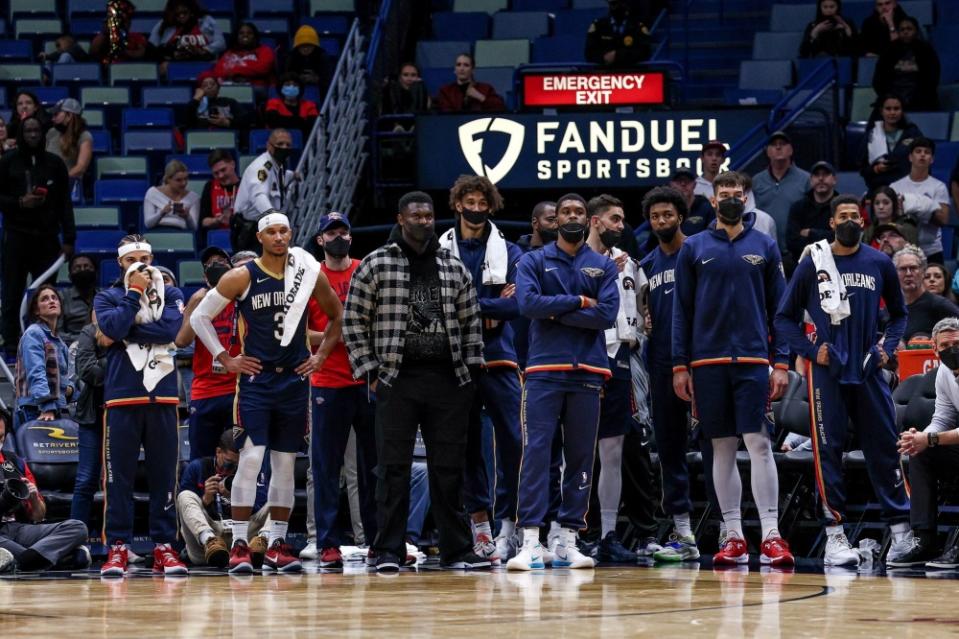
Stephen Lew-USA TODAY Sports
This new system will automatically increase the value of all draft picks and could lead to a stronger focus on the draft process. The value of first-round picks has declined over the past few years with many teams willing to trade the maximum amount they can for All-Stars. The history of these deals generally doesn’t favor the teams acquiring the star, so this also could save some teams from themselves. If over-the-second-apron teams have fewer avenues to add players then they will need as many bites at the apple toward finding talent.
Teams that have already drafted well and loaded up on future assets stand to be the most well-equipped for these changes in the short term. Teams like the Thunder, Jazz, and Spurs have time to establish their core and deepen the roster so when it’s time to compete, they can pay their top players and cross the second apron. They will then be able to sustain their windows better than others with multiple draft picks owed to them over the next seven drafts.
Bird rights are also much more important now. If an over-the-apron team needs to add a veteran role player, they will have to acquire him through trade. That player will still hold a ton of value if he’s on an expiring contract as long as he has sufficient Bird rights. The ability to re-sign or extend players is now priceless for these teams.
The Pelicans are in a more advanced stage than the teams mentioned earlier. They already have a roster that runs 10 deep, including team control over young players like Zion Williamson, Brandon Ingram, Herb Jones, Jose Alvarado, Trey Murphy III, and Dyson Daniels. The ability to retain these players will cut out a lot of heavy lifting for their front office down the line.
They also have all their own first-round picks going forward as well as two more owed from other teams. Where in recent years a team in the Pelicans’ position might cash out on their assets on a superstar, now teams will be incentivized to keep their assets and continue their process.
On the flip side, a team like the Suns might have to start loading up on depth now in preparation for the second apron. Let’s say it gets implemented in the 2024-25 season, where they already are projected to be $8 million over the luxury tax with just six players. That would put them just $9.5 million below the second apron. This could incentivize them to sign a veteran with the taxpayer MLE this offseason, as well as to re-sign a lot of their rotation players like Torrey Craig, Josh Okogie, Cameron Payne, Jock Landale, and Darius Bazley to long-term deals. If they’re short on depth a couple of years from now, they may have to deconsolidate by trading one of their highest-earning players.
Higher extension limits
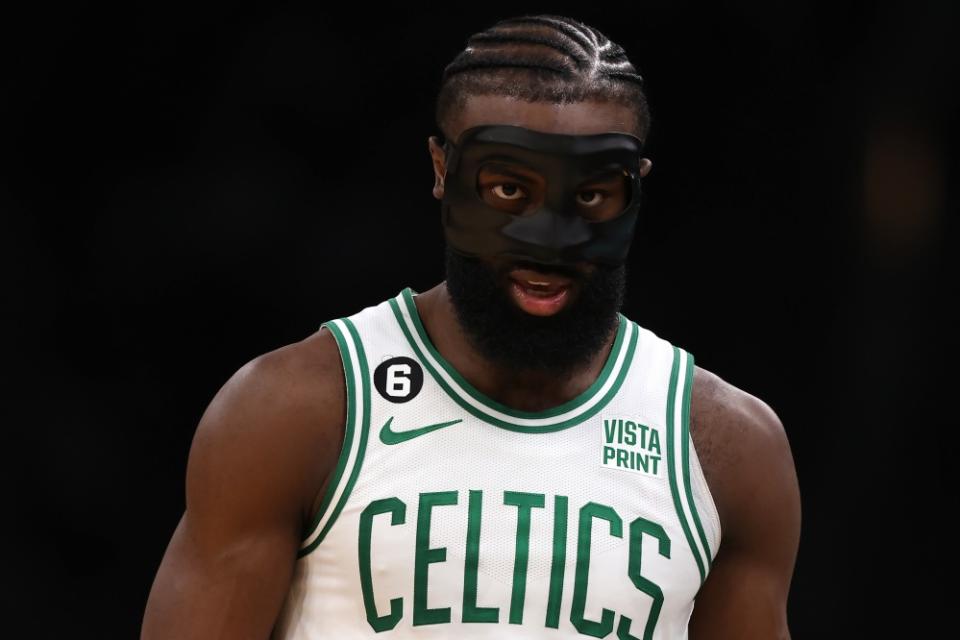
(Photo by Maddie Meyer/Getty Images)
Another significant change is the ability for teams to extend veteran players for higher amounts. The possibility of this change coming was first reported by The Athletic’s Shams Charania last month and we took a look at how that could impact certain players.
The first-year salary in a veteran extension can now be worth up to 140 percent of the player’s previous salary, an increase over the previous 120 percent raise. This was a necessary change to help keep extensions viable for players in a rising cap environment and give teams a better chance at extending them ahead of free agency. This is particularly helpful for players earning sub-maximum contracts and outperforming them.
Here are some notable players this change could impact and their new extension maximum amounts.
Jaylen Brown: Four years, $178.8 million ($25.5 million increase over current extension rules)
Domantas Sabonis: Four years, $121.7 million ($17.4 million increase over current extension rules)
OG Anunoby: four years, $116.9 million ($16.7 million increase over current extension rules)
Dejounte Murray: Four years, $111.1 million ($15.9 million increase over current extension rules)
Lauri Markkanen: Three years, $81.9 million ($11.7 million increase over current extension rules)
Second-round pick exception
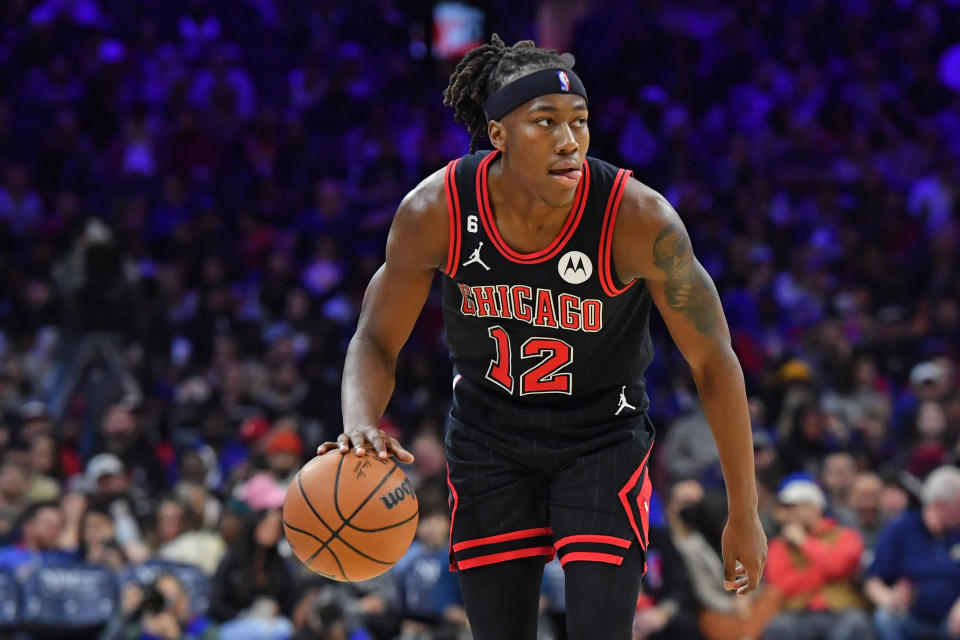
Under the current rules, teams can sign second-round picks and undrafted players for up to two-year minimum deals via the minimum player exception. If a team wants to give such players a higher salary or more years, they would have to sign the player with a portion of their cap space, non-taxpayer MLE, or taxpayer MLE.
Teams over the second apron won’t have access to the MLE, meaning they wouldn’t have an opportunity to give such players more than a two-year minimum deal. To accommodate for that, there is now an exception available to all 30 teams that will no longer require them to dip into their MLE to sign second-round picks more than the minimum, according to Charania. This will also allow teams to maximize the use of their MLE, which should lead to higher salaries for veterans.
This rule should help decrease Gilbert Arenas provision situations for restricted Early Bird free agents outperforming their contracts. For example, if this rule was around two years ago, the Bulls could have Ayo Dosunmu under contract for at least one more season. Instead, he will enter restricted free agency this summer and the Bulls will have to pay him much more than the minimum to retain him.
It’s unclear if the exception will allow teams to sign second-round picks for up to four years or just three. As the name would imply, the rule might be exclusive to second-round picks and not undrafted players.
Cap smoothing
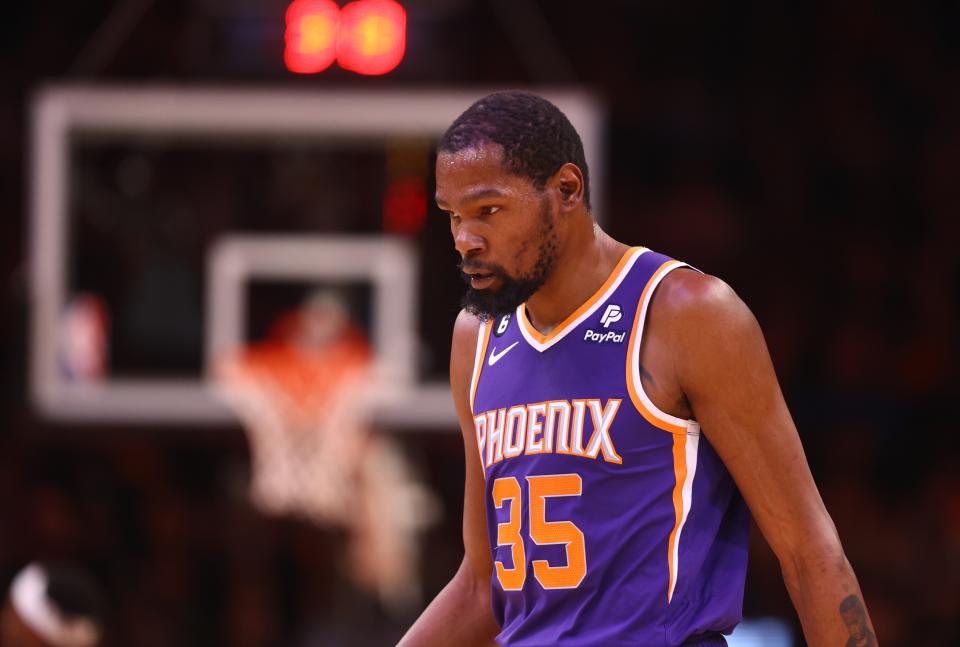
According to Charania, salary cap rises will be capped at 10 percent. This will ensure that the salary cap doesn’t make a significant one-year spike when the new TV rights deal is implemented in 2025. This would prevent a summer of 2016 from happening again when nearly every team had significant cap space, leading to the Warriors being able to sign Kevin Durant.
Cap rises are actually being capped at 10 percent since 2020 as part of an agreed-upon amendment for the current CBA. In fact, this season’s $123.7 million salary cap is a 10 percent maximum raise of the previous season’s. It appears that both sides are content with the trial version of cap smoothing after agreeing to keep it for the new CBA.

